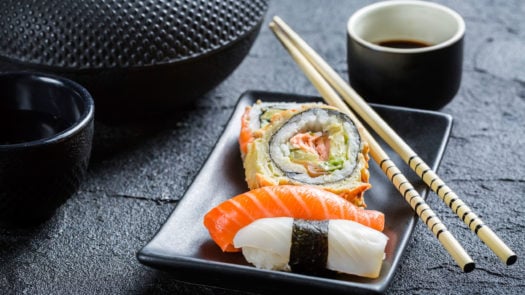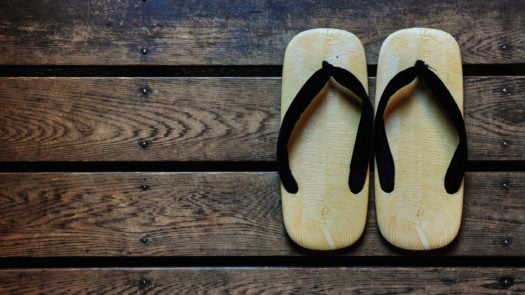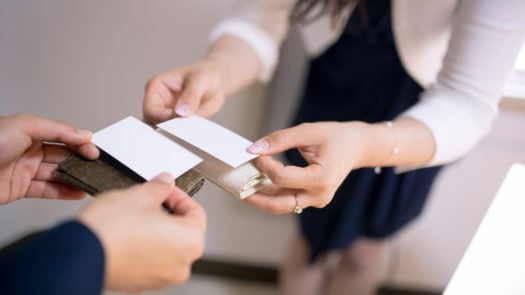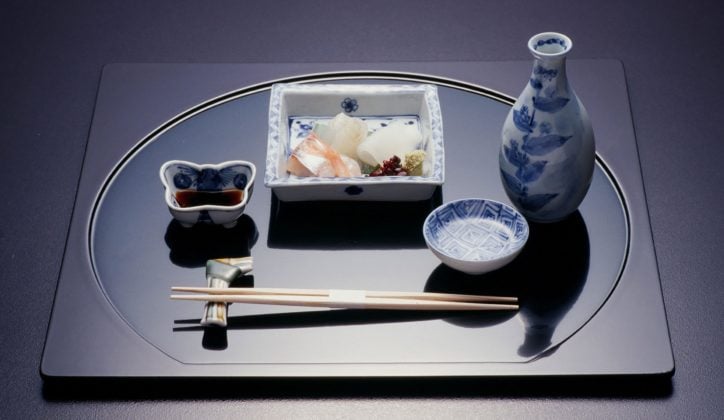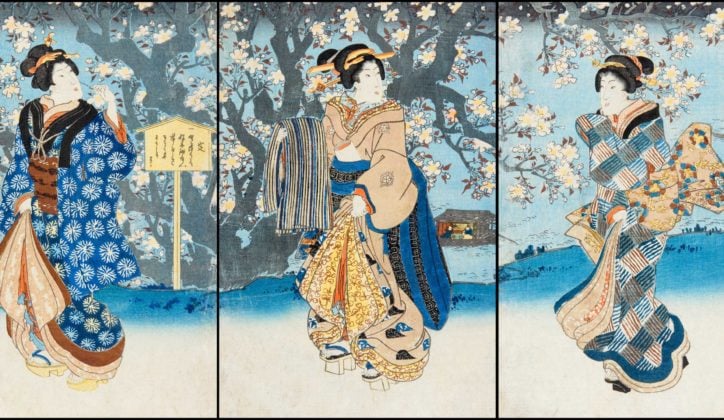Published on: November 28th, 2017
Last updated: July 27th, 2023
Japanese etiquette can often seem daunting to travellers, as traditions are closely observed.
Manners are of great importance in Japan and some customs may not be as obvious as others.
Despite the array of social rules, the important thing for the Japanese is effort - as long as you try, any mistakes will be forgiven.
With a few key customs to bear in mind, here's our guide to Japanese etiquette.
Eating out
Reservations
As many Japanese or sushi restaurants are small, only holding around ten tables, it is considered rude to not show up or cancel at the last minute. It is also worth noting that restaurants in Japan don’t often accept bookings from travellers, so reservations are taken based on respect or a prior relationship with the concierge.
Dietary requirements
If you have any specific dietary requirements, please let the concierge or restaurant know when you make the reservation as chefs tend to source food and create dishes in advance.
Sushi
Dip the fish in the soy sauce, not the rice, as the sauce causes it to fall apart. Remember also that using too much soy might offend the chef. If you are eating nigiri, place the fish on the tongue first, not the rice.
Drinking
Refilling your own glass is sometimes seen as an insult to the host, even if you refill your fellow diners’ glasses before your own. Usually, if you are refilling others’ glasses, someone else will top yours up. Before drinking, remember to wait for someone to say ‘kanpai’ (cheers).
Chopsticks
Lay your chopsticks across your bowl or on a ceramic holder, but avoid sticking them upright in a bowl of rice, as to Buddhists it means you’re offering your rice to the dead. Also remember to never gesticulate with chopsticks, wave them over your dish or pass food with them.
Eating outside
Don’t eat and walk at the same time: it is generally considered rude. Instead, find somewhere to sit down and enjoy your food.
Onsen
Men and women bathe separately (unless you book a private onsen for two). You must go in completely naked except for a small ‘modesty towel’, which is about the size of a hand towel. You kneel or sit on a little stool and there is a shower, a bucket and shampoo or shower gel and conditioner. You have a full wash, rinse, and then you can get in the water.
Usually, you start in the inside bath and then move to the outside onsen, which will have beautiful views or be set in a pretty garden – obviously it’s very private. Please also be aware that if you have a tattoo, which is not small enough to be covered by a bandage, then you will not be permitted to take onsen.
Best of the rest
Tipping
The Japanese consider tipping to be rude and even degrading. If you really want to tip, a beautifully wrapped gift or confectionery from our home country is appreciated.
Presents
If having dinner at someone’s home, you must bring a gift. This could be food traditional to your hometown or similar, and it is customary to have it wrapped up. It is seen as proper to strongly protest a gift at first, but to always accept it.
Hygiene
Blowing your nose in public is frowned upon, so if you have the sniffles, try to find a private place to clear your sinuses or at least do it discreetly.
Slippers
When you see slippers left out, put them on. This could be at a temple, traditional restaurant and even the bathroom. Some restaurants have separate slippers to wear into the bathroom but they must be left in the bathroom and your other slippers worn in the restaurant.
Bare feet
Do not let your feet touch the outside ground before you enter the inside of your host’s house. When you are taking your shoes off, carefully step straight inside without letting your bare or socked feet touch the ground.
Kimonos
If you’re given a kimono to wear at a Japanese inn, make sure you wrap the left side over the right. The opposite method is used on the dead.
Business cards
Offer your business card with two hands whilst facing the recipient, and accept cards in the same manner, remembering to look at the card before you put it away.
Discover our favourite Japan trips
If you are inspired to visit Japan and learn about the traditions of this beautiful country, speak to our expert travel designers to start planning your next holiday...






